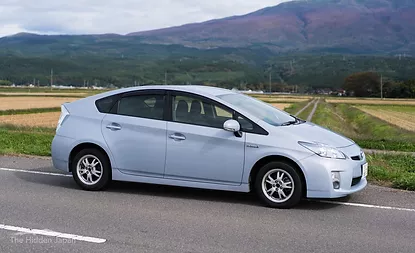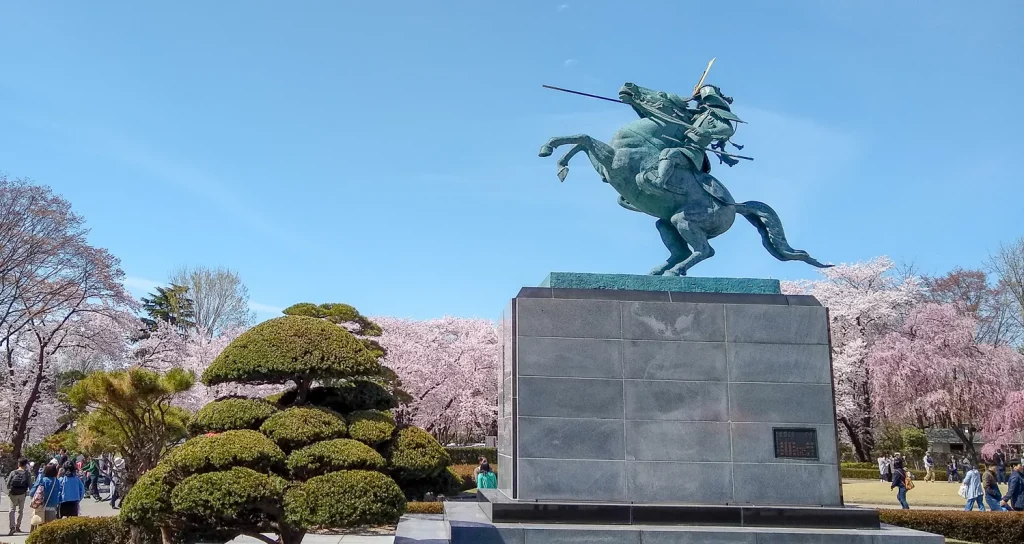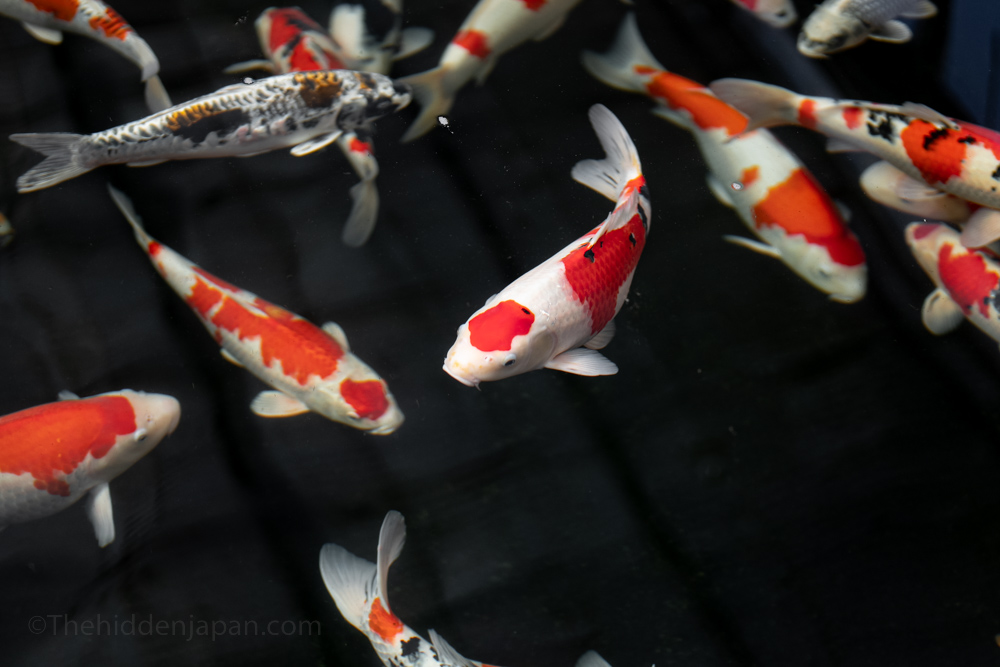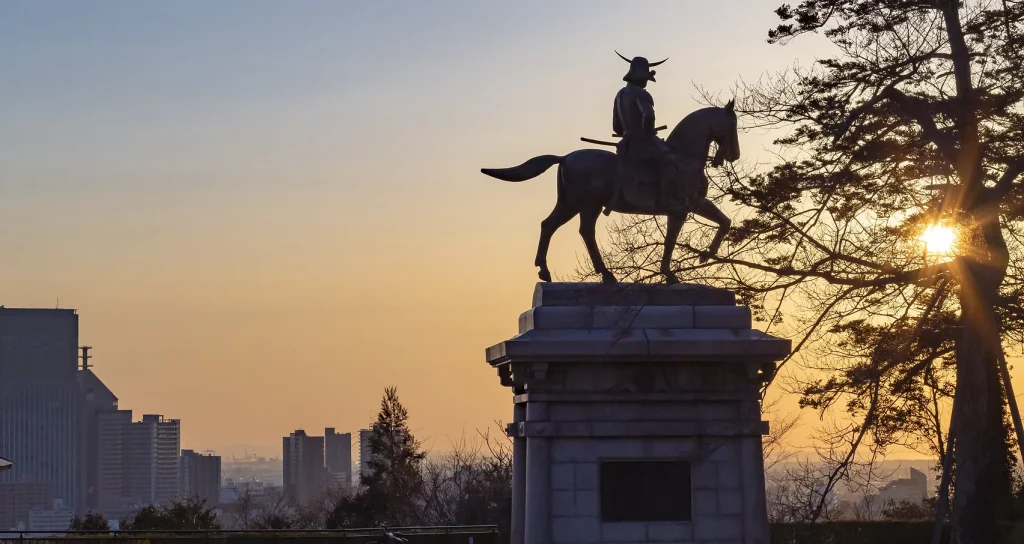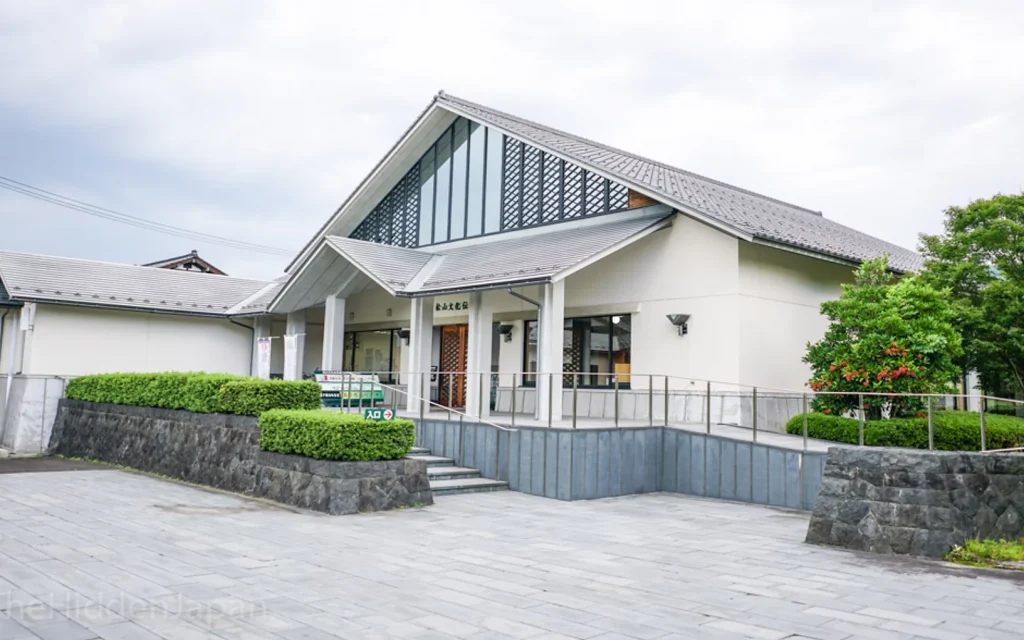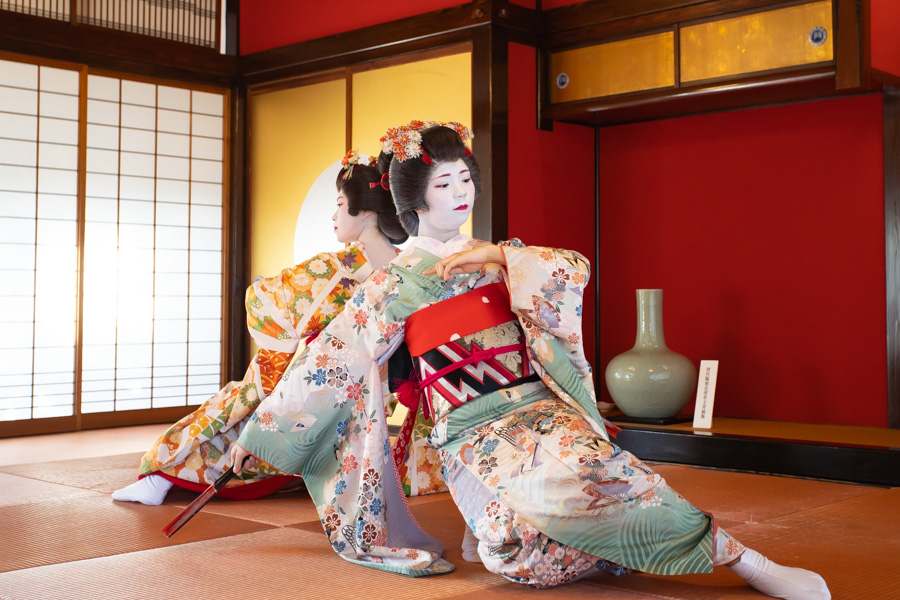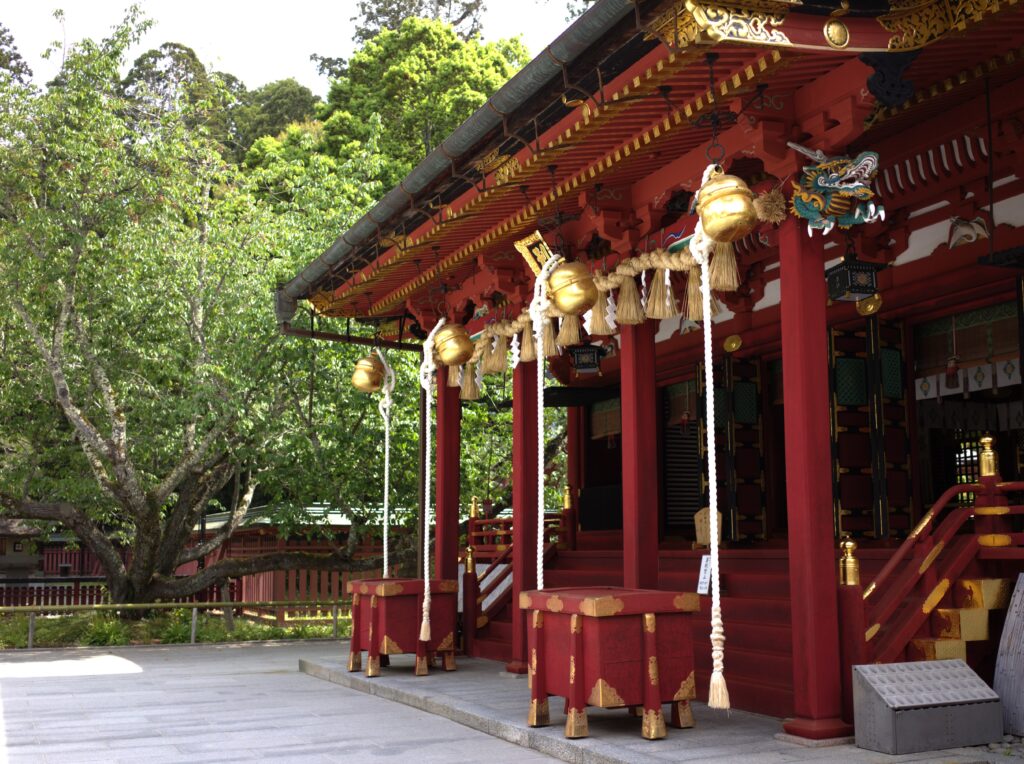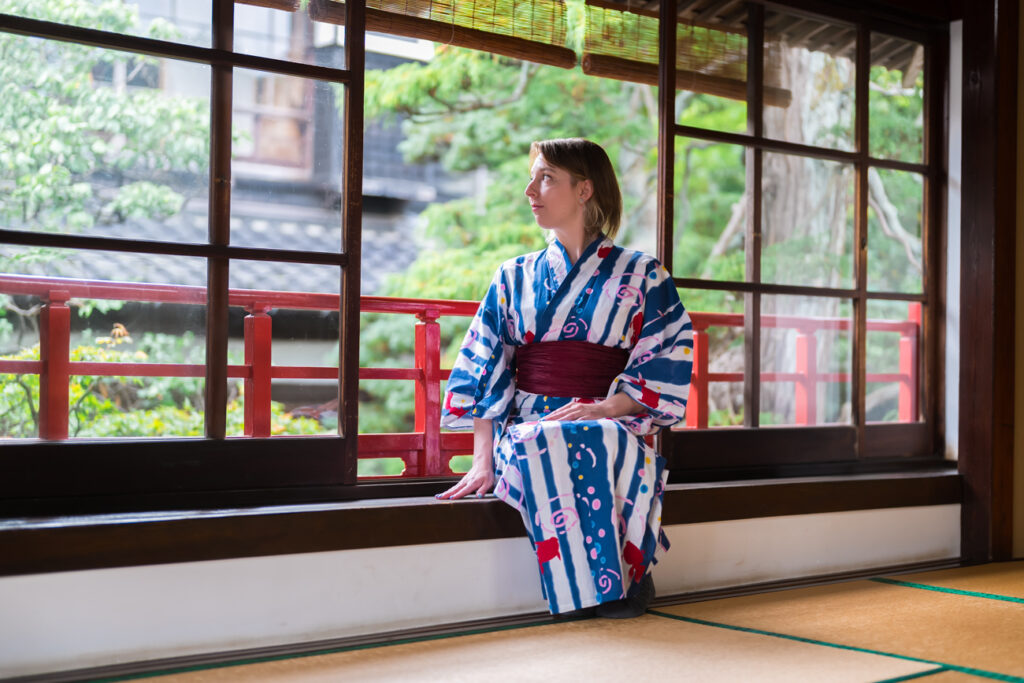
Yamagata Prefecture
The fact that Yamagata Prefecture is a little hard to reach is a bit of a double-edged sword.
In one way it’s a blessing because the quality of the traveler who takes the time and effort to explore this wonderful area is generally much higher; only people who are truly invested in wanting to visit do so. As such, you don’t see anything near the massive crowds like in Kyoto and Tokyo. Additionally, the people who come here tend to come more for the unique experiences, rather than to simply see a few well-known sights, and move on.
At the same time though, travel here is limited to a few options that can be difficult to understand or navigate if you cannot read Japanese. Read on below to see these options which we have translated and gathered for you in this article.
Quick Info
Inland Yamagata
Tsubasa Shinkansen:
3 hours via Tokyo to Yamagata City
3.5 hours via Tokyo to Shinjo
Plane:
1 hour via Haneda Airport to Yamagata Airport (Higashine City)
Shonai Area
Joetsu Shinkansen:
Tokyo to Niigata (2 hours), then transfer onto Inaho Express (2 hours)
Tsubasa Shinkansen:
Tokyo to Shinjo (3.5 hours), transfer to Amarume Station (1 hour), then transfer onto Inaho Express (15 minutes)
Plane:
Less than 1 hour via Haneda Airport to Oishi-Shonai Airport.

First and foremost, it must be pointed out that Yamagata Prefecture is divided into two distinct regions divided by a massive mountain range. These regions are the Murayama Region and Shonai Region.
These regions each have entirely different routes from Tokyo which we will go into detail below.
Accessing the Yamagata Area
Inland Yamagata by bullet train
Luckily, there is a regular and reliable Shinkansen (Bullet Train) service with trains going between Tokyo and Yamagata several times, each day.
One important bit of advice for people taking advantage of this route is to make sure that you are getting on the Shinkansen in the right carriage while departing from Tokyo.
Due to a split in the line a short time after departure, you will have a little trouble further down the journey, and if you were seated wrongly at the start, then you may need to suddenly change trains or carriages halfway through your trip!
Trains on the Yamagata Shinkansen line are called Tsubasa (つばさ), and are coupled to the Yamabiko Shinkansen until Fukushima Station. Make sure to get on any carriage numbered higher than 11, as carriages from 1 through 10 are dedicated to the Yamabiko service and will separate from the Yamagata train at Fukushima station.
Until Fukushima, the stations are the same as the Tohoku Shinkansen Line timetable, and then from there, the line runs through most of inland Yamagata; from Yonezawa in the south, through Yamagata and Tendo cities, all the way up to Oishida and Shinjo in the north of the prefecture. It takes about 3½ hours from Tokyo to Shinjo, and there are normally 16 services operated daily.
A timetable for rail services can be found here.
This region is covered by both the JR Pass and the JR East Pass. Not all trains stop at all stations once in Yamagata, so you may need to transfer.
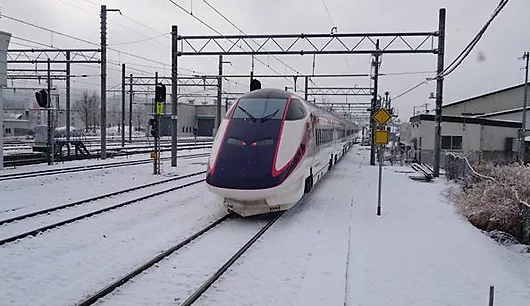
Access to Shonai Area
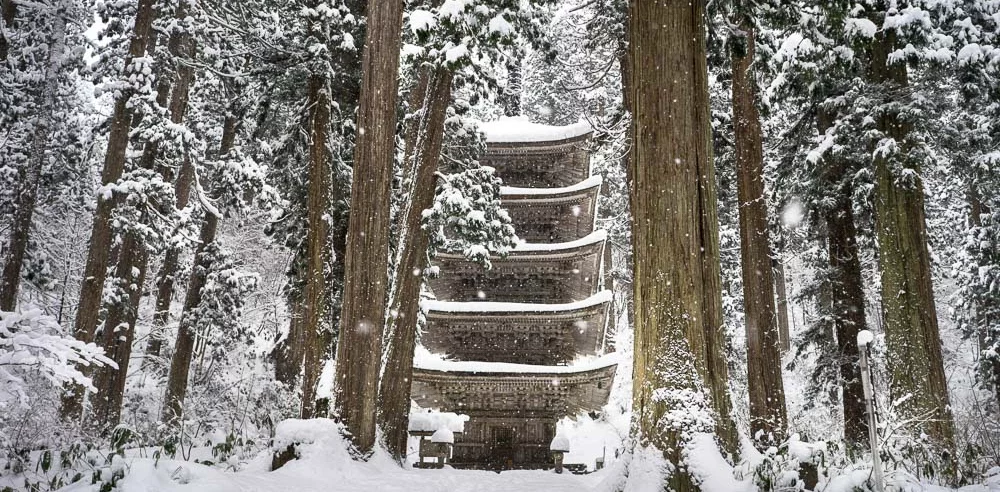
Access to the Shonai Region can vary in difficulty depending on how far in advance you can book your trip or the amount of money and time you have to spend. The flight from Tokyo Haneda to Oishi-Shonai airport is the second shortest flight out of Tokyo Haneda and can cost upwards of ¥20,000 one-way or as low as ¥10,000 for a round trip ticket. Further, a night bus from Tokyo can be cheaper than ¥5,000 if you book further enough in advance.
Shonai by train
For those with a bit more time, we highly recommend using the JR pass to take the Shinkansen bullet train from Tokyo. There are two main routes which take about the same time, both are as scenic as each other. This route offers the most direct access to Tsuruoka City and Sakata City.
Route One via Niigata
Surprisingly the easiest way to Shonai in Yamagata Prefecture is not by Yamagata Shinkansen; traveling via Niigata on the Joetsu Shinkansen is oftentimes more convenient, plus it has the added benefit of passing through the Japanese Alps, and by the Sea of Japan.
The Joetsu Shinkansen is also very easy to spot in Tokyo Station as it is the only double-decker shinkansen in Japan!
Perfect for sitting and looking out at the mountains and small towns during your ride.
The Joetsu Shinkansen ends at Niigata Station, where you will transfer to the Inaho Express train.
If you time it right and grab the express, the trip from Tokyo to Niigata takes roughly 2 hours. Due to the balance between price and time saving, the Shinkansen route is very popular among Japanese people. Peak times are Friday and Sunday evenings, and Saturday and Monday mornings. Public holidays can be especially bad too, so if you have the time then it might be wise to try and travel at less popular times. Reserved tickets can be booked in advance, and at an extra 550 yen they are a viable option.
Once you transfer to the Inaho Express train in Niigata, be sure to sit on the left-hand side if traveling North and vice-versa if traveling south to take in the best of the views of the Sea of Japan.
Route two via Shinjo
This route is best for those who are coming to Shonai from Yamagata City or the Mt. Zao area.
First, get yourself to Shinjo Station on the Yamagata Shinkansen which was explained earlier in this article. Then, take the train west to Amarume Station where you will have access to Inaho Express train or commuter trains with which you can travel down the Shonai Region.
We primarily recommend this route to JR Pass holders wishing to visit the Shonai Region from the Murayama region.
Getting to Shonai from inland Yamagata is relatively easy by car, bus, or train (in that order), but when you’re coming from Tokyo, oftentimes it’s easier to travel via Niigata on the Joetsu Shinkansen.
Shonai by plane
Oishi-Shonai Airport has four return flights a day to Tokyo Haneda airport. Tokyo Haneda airport is easily accessible from the center of Tokyo, taking less than one hour. Shonai Airport is located on the border of Sakata and Tsuruoka Cities, and the city center of each city can be reached by car or taxi within 30 minutes. Mikawa Town and Shonai Town are also nearby.
The flights usually take less than one hour, and if the weather is good you can get excellent views over the sea of Japan, Mt. Chokai, Dewa Sanzan, and on good days you can even see Mt. Fuji, not to mention Tokyo bay and the cityscape.
Travel by Rental Car
Driving in Japan can also be a great way to explore the country and stumble across hidden areas that are less frequented by most tourists. It is generally a very safe place to drive, with average driving speeds much lower than those found in most European countries.
However, there are a few points that you need to be aware of before considering this as an option for your trip.
The minimum age for driving in Japan is 18 years, and you will need a Japanese driver’s license or an International Driving Permit (IDP) in order to rent and drive a car. International driving permits are not issued in Japan and should be obtained in your home country in advance.
Additionally, please remember to drive on the left-hand side while using roads in Japan!
